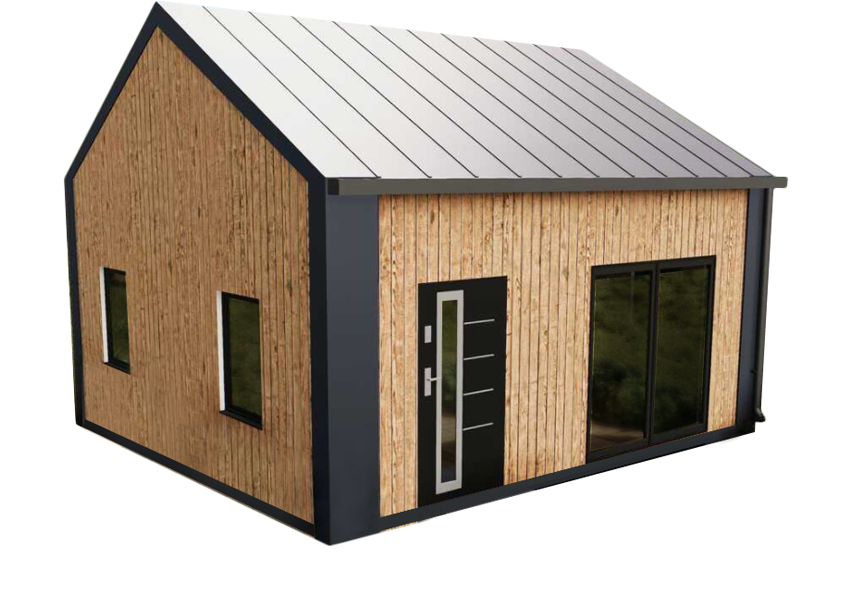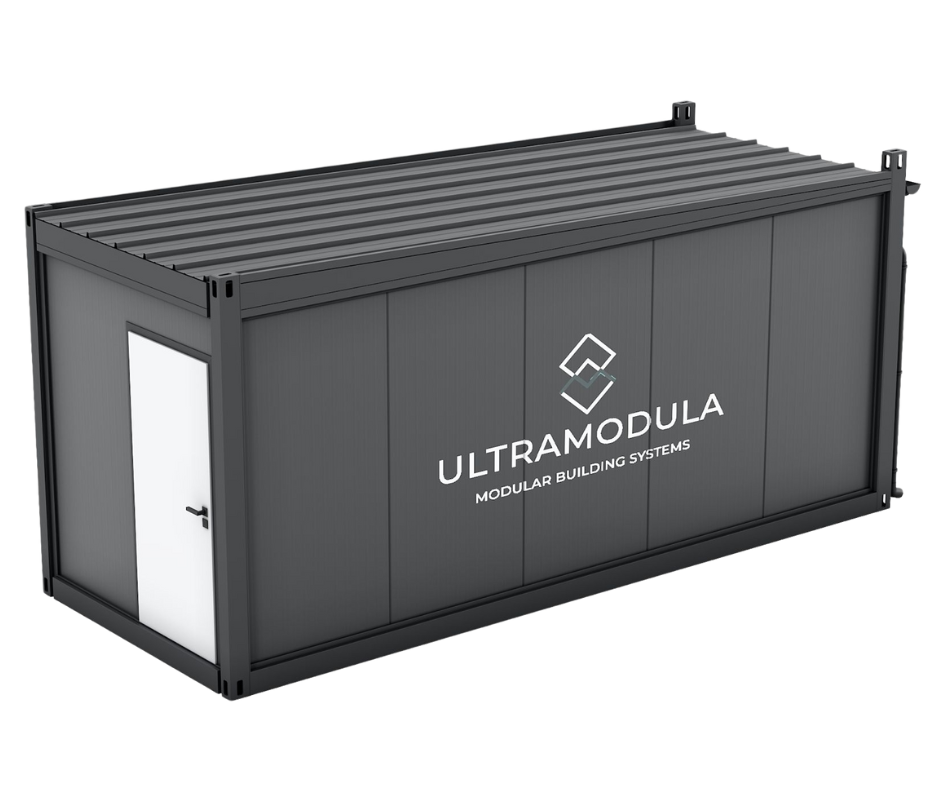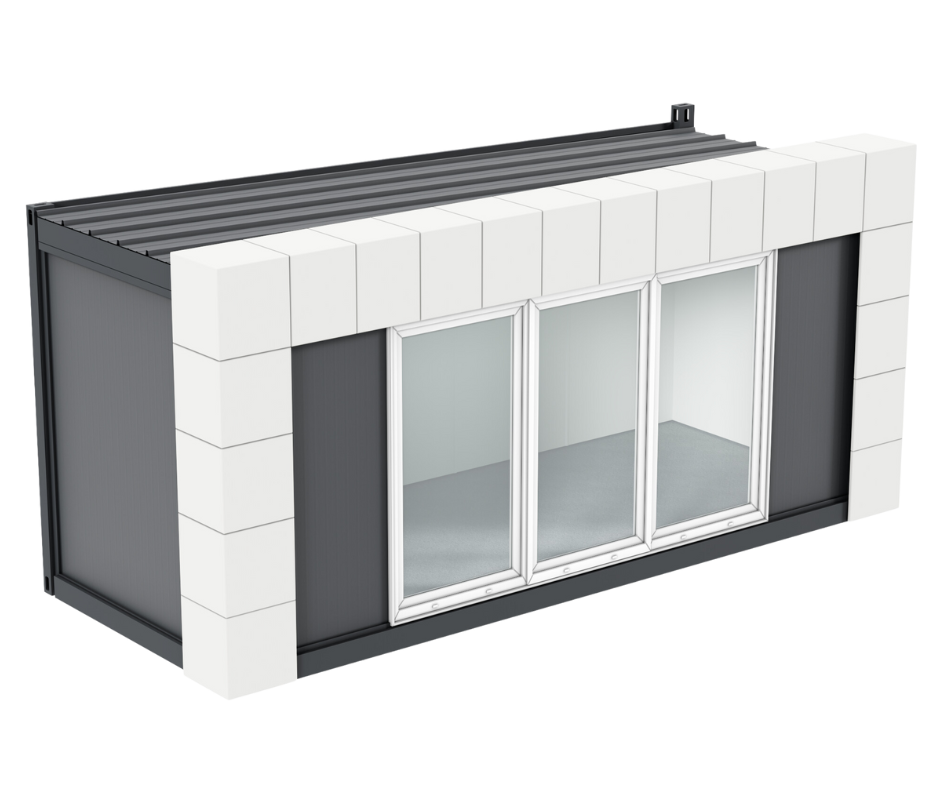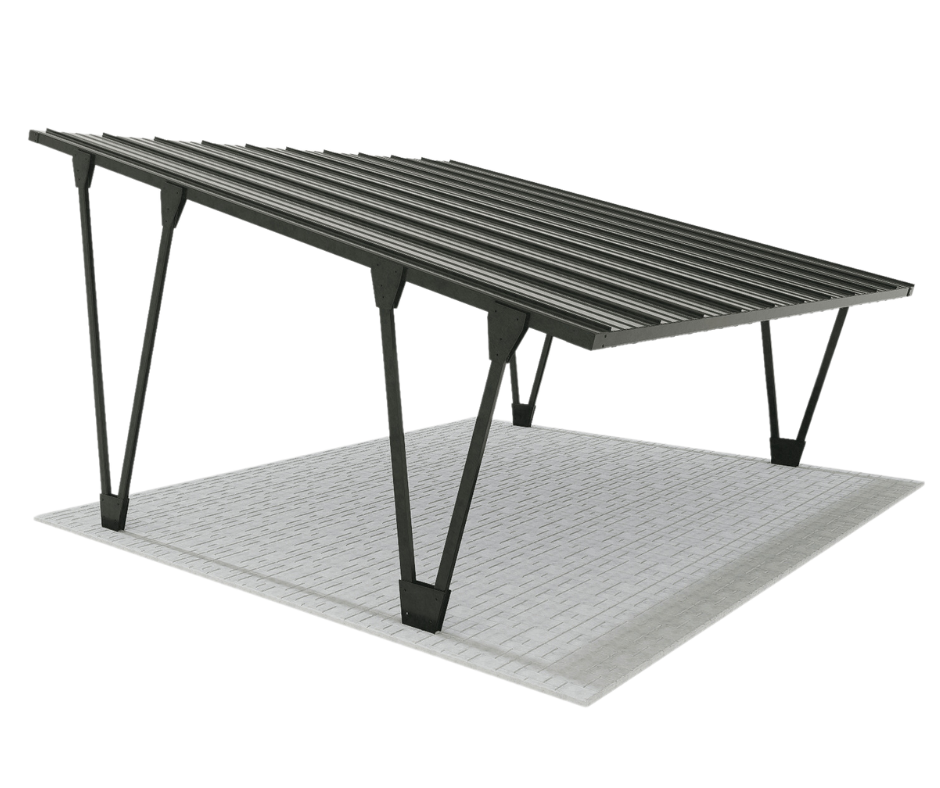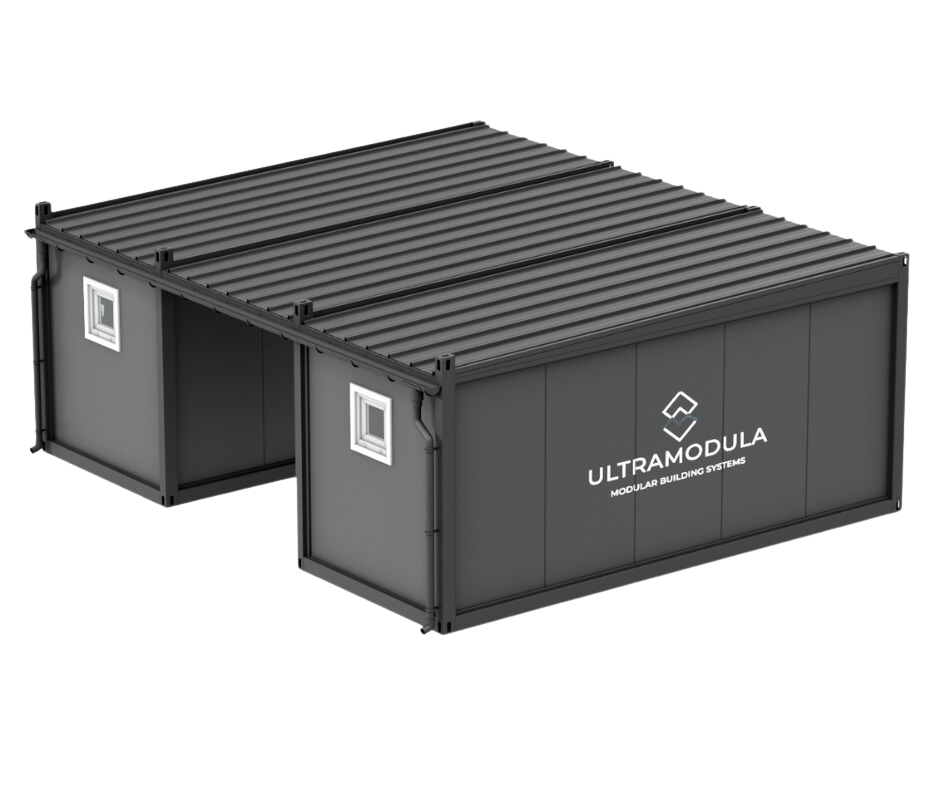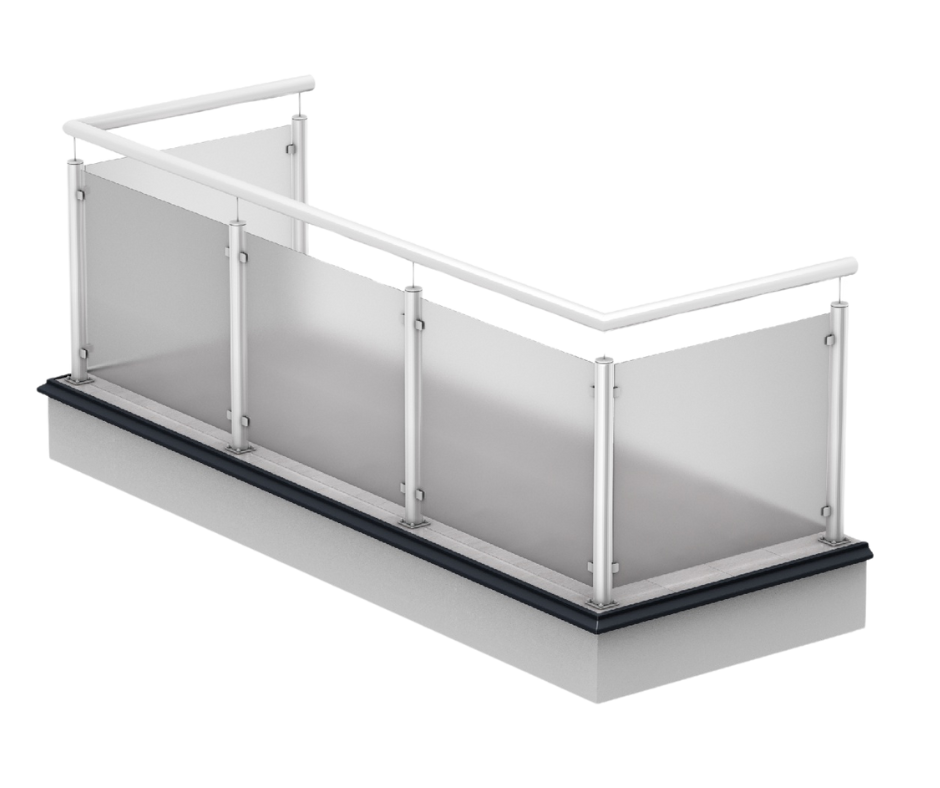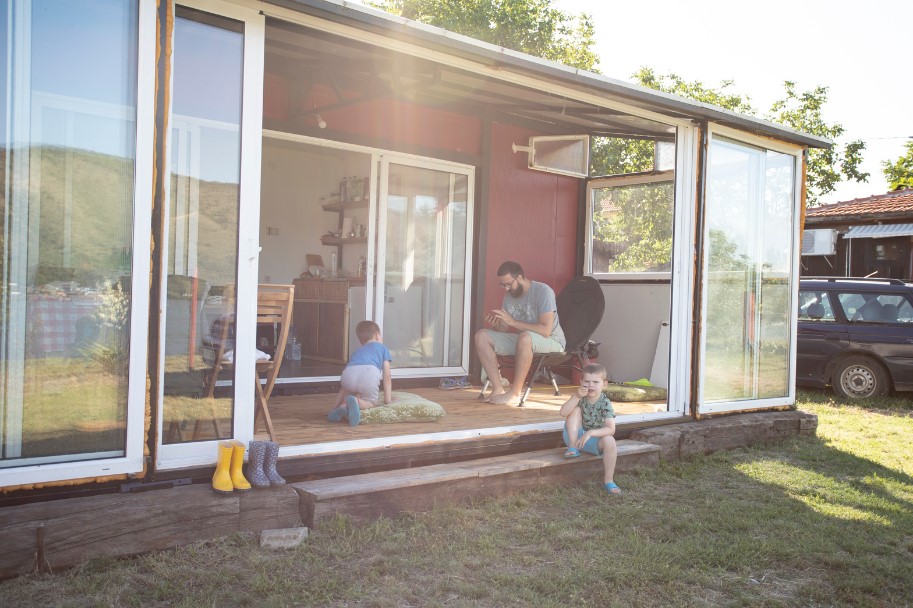
Fire safety in container residential and utility buildings
Containers in residential and utility construction, they are gaining more and more popularity, thanks to their mobility and ease of assembly. However, regardless of the type building, fire safety is an absolute priority that should be taken into account at every design stage construction containers. This requires the use of appropriate materials and fire protection systems. Also important are other issues to consider such as insulation acoustic and thermal, ventilation, heating and other installations. Only appropriate preventive measures and fire protection systems can significantly increase the level of safety of residents and protect property.
Factors affecting fire safety in containers
To be able to design properly containerized building residential be usable in terms of fire safety, many factors must be taken into account: materials, insulation, fire protection systems and many others. It is a complex process, therefore building sun or other object made of containers, it is worth choosing cooperation with an experienced manufacturer so that nothing is missed.
Appropriate materials
Fire safety habitable containers is inextricably linked to the choice of appropriate construction materials. This is the first and key factor that has a significant impact on the resistance of the object to fire. In the case of containers, the construction should be made of proven materials that are characterized by high fire resistance, ensuring a longer time of withstanding high temperatures.
Reputable manufacturers of residential containers use steel with increased fire resistance. Containers made of such steel are able to withstand extreme temperatures for a long time, which gives valuable time to evacuate residents and minimize material losses.
It is worth emphasizing that fire-resistant materials used in the construction of containers not only provide high fire resistance, but also have other desirable features. They are often materials that are also tough, durable and weather resistant. This means that buildings made of such materials can offer not only fire safety, but also long-term durability and resistance to various external factors.
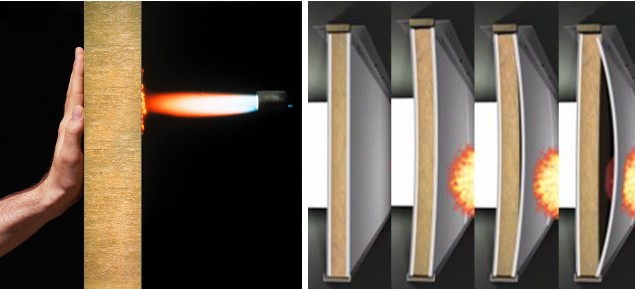
photo Paroc
Thermal and fire insulation
W containers In residential buildings, appropriate thermal and fire insulation play an important role in ensuring not only fire safety, but also comfortable conditions of use. Thermal insulation protects the occupants from the penetration of cold (or heat) from the outside into the interior containerthanks to which a stable temperature inside the building is maintained, regardless of weather conditions outside. Insulation materials, such as mineral wool, used in containers must be fire resistant because in the event of a fire it helps to stop the fire from spreading and minimizes the risk of it spreading to other parts of the building and allows time to take appropriate fire fighting measures. It is also important to properly protect and seal all joints between structural elements to prevent easy penetration of fire and smoke to other parts of the container.
Fire systems
Another aspect to keep in mind is equipping container residential and utility buildings with appropriate fire protection systems. There are several key solutions that can be implemented to minimize risk and protect residents:
- smoke detectors and heat detectors: these advanced devices are able to detect the presence of smoke or a sudden increase in temperature, which may indicate a potential fire hazard. When smoke detectors or heat sensors detect irregularities, they automatically trigger an alarm, informing residents of potential danger. Thanks to this, it is possible to react quickly and take appropriate security measures, such as evacuation.
- automatic extinguishing systems, such as sprinklers, which are one of the most effective solutions in fighting fire. These are nozzles spraying water or extinguishing substance, connected to the water supply network or pressure tanks. When fire is detected, the entire system is activated automatically, wetting the hazardous area and effectively extinguishing the fire. This not only acts as a safety measure but also minimizes property damage caused by fire.
- manual extinguishing agents, although not as modern, remain the most important. Only if the residents are properly instructed and equipped with handy extinguishing agents, will they be able to save themselves and their property. The most common are small fires that can be put out before automatic systems are activated or outside help arrives.

Manual extinguishing agents
It is essential for safety that fire protection systems are regularly maintained and periodically inspected. Regular testing of smoke detectors, heat detectors and checking the efficiency of automatic extinguishing systems is essential to ensure that they function properly when required.
Lighting and escape routes
In the event of a fire hazard, clearly marked and well-lit escape routes are essential to ensure that building occupants can leave the building quickly and safely. The first element to pay attention to, especially in public or service facilities, is emergency lighting. In the event of a loss of power due to fire, the emergency lighting switches on automatically, ensuring visibility on escape routes. Emergency lighting may be powered by an independent power source, such as a battery or generator, to operate independently of the main power system. Another aspect is the marking of escape routes. Signs should be placed at the appropriate height, clearly visible even in conditions of limited visibility or dense smoke.
It is also important to regularly check and maintain emergency lighting and escape route signs. Regular performance tests of all system components are required to ensure trouble-free operation when required.
Ventilation and smoke extraction systems
The accumulation of smoke and toxic gases inside a building during a fire can be a serious threat to health and life. Therefore, proper design of the ventilation system is extremely important. The key aspect is the supply of fresh air inside the container. Optimally designed air intakes are important both in the event of a fire and in everyday life. In an emergency such as a fire, access to fresh air is essential to sustain life and reduce the risk of poisoning. However, in everyday use, proper ventilation improves the air quality inside the container, ensuring healthy and comfortable conditions for residents.
Fire safety in container residential and utility buildings will not be ensured without effective smoke extraction to the outside. The smoke extraction system may include the installation of ventilation ducts, chimneys or other solutions.
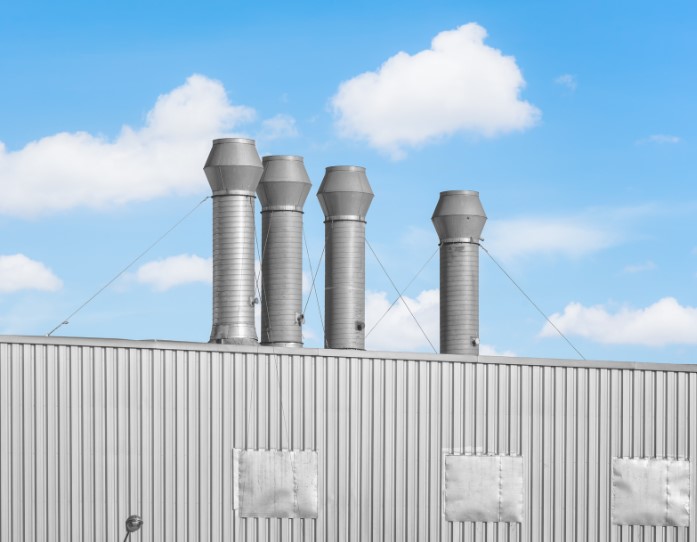
Ventilation and smoke extraction systems
Legal requirements and regulations regarding fire safety in container residential and commercial buildings
Habitable containers are a relatively new solution for the construction industry, so the legal requirements and regulations regarding their fire safety are still developing and evolving. However, there are general legal provisions that should be followed by the design of container residential and utility buildings. In Poland, the basic legal acts regulating fire protection are:
- Act of August 24, 1991 on fire protection,
- Act of August 24, 1991 on the State Fire Service,
- Regulation of the Minister of the Interior and Administration of June 7, 2010
The ordinance of 2010 is particularly important, because it defines in detail the ways and conditions of fire protection of buildings, other structures and areas. In addition, issues related to fire safety in residential and commercial buildings are taken into account in European standards, such as Polish Standard PN-EN 1991-1-2:2004+A1:2010 - Loads on buildings - Part 1-2: Fire-related loads. This standard specifies the fire loads that must be considered when designing and assessing the fire safety of buildings.
The requirements for fire safety in container residential and commercial buildings include the appropriate selection of fire-resistant materials for the construction of containers, the use of effective fire protection systems, such as smoke detectors, heat detectors, fire extinguishing systems, and ensuring proper thermal and fire insulation. Ventilation and smoke extraction systems must also be designed in accordance with regulations to ensure effective evacuation of smoke and toxic gases in the event of a fire.
Safety comes first
Fire safety is a key element to consider when designing and constructing residential and commercial container buildings. It is important that designers, manufacturers and users of such facilities are aware of applicable fire safety regulations. Cooperation with the relevant institutions and experts in building and fire regulations can ensure that container buildings meet legal requirements and regulations regarding fire safety, which contributes to ensuring the protection of life and property.

